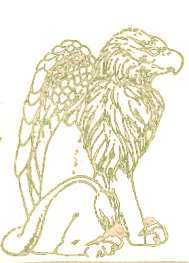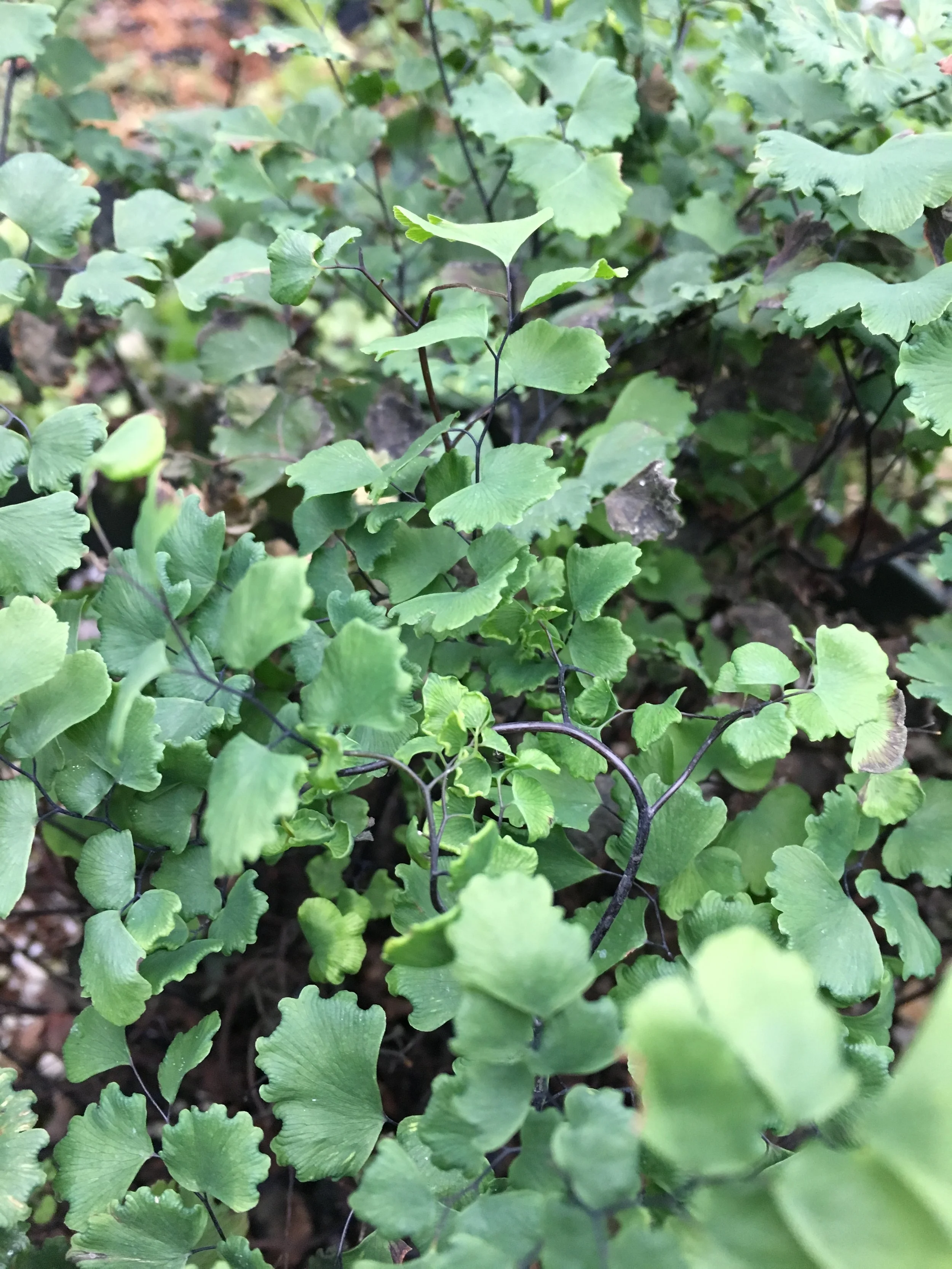Search for ferns by common name, latin name, USDA Zone, or by keywords like whether the fern is Evergreen, Sub-Evergreen, Semi-Evergreen, Deciduous, or Wintergreen or just browse our current fern selections.
Adiantum pubescens
Adiantum pubescens
Stock Note: current specimens are in 5” (quart size) pots.
We received this fern as Adiantum hispidulum ‘Bronze Venus,’ but we believe it is actually Adiantum pubescens. Some growers and botanists do not recognize A. pubescens as a separate species from A. hispidulum, but there are distinct morphological differences between them, outlined in Christopher J. Goudey’s book Maidenhair Ferns in Cultivation. While A. hispidulum can be bipinnate, tripinate, or pedate, A. pubescens is always pedate. These two ferns are often confused with one another, since they both have a similar habit with pubescent hairs on the pinnae and colored new growth. A. pubescens has thinner, more flexible hairs on its fronds than A. hispidulum, and mahogany to bronze colored new growth rather than intense red. In A. hispidulum, the stipe divides at 45 degree angles at the start of the frond structure, while A. pubescens has much more variability to the angles of stipe division. The blade tends to be somewhat wider on A. pubescens, with pinnae that are more squared off and that tend to overlap more than in A. hispidulum. This fern makes a handsome houseplant, or a wonderful addition to the garden in warm climates with mild winters (USDA Zones 8, 9 and 10). It is somewhat drought tolerant compared to temperate maidenhair species, and prefers light periodic watering but does not like to be drenched or to have its foliage wet all the time. If grown outdoors in marginal climates it prefers to be protected from excessive wetness in the winter; cultivate in well drained soil or situate on a slope for maximum drainage and ensure good air circulation.
Frond Condition: Evergreen indoors or in zone 9; semi-evergreen to deciduous in colder conditions
Mature Size: 18” (1.5 ft)
Origin: Australia, New Zealand, Southeast Asia
USDA Zones: 8 (marginal), 9, 10, houseplant










